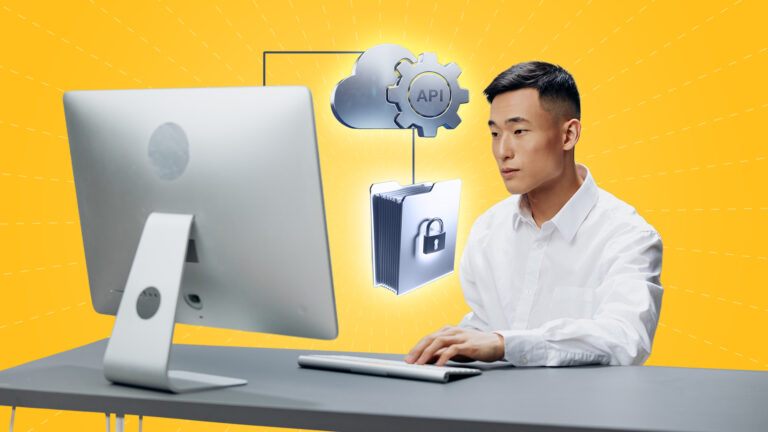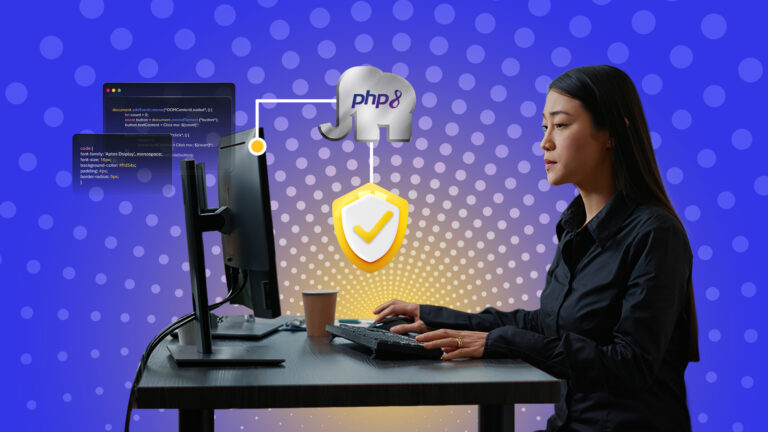So, you’ve built and launched an application. Congratulations! Whether it’s a customer-facing mobile app, a critical internal business tool, or a complex web platform, the journey doesn’t end at launch. In many ways, it’s just the beginning. The ongoing processes of Application Versioning (how you label updates) and maintenance (keeping things running smoothly and improving them) are crucial for long-term success, user satisfaction, and security.
But let’s be honest, versioning and maintenance often get treated as afterthoughts— a quick number bump here, a rushed bug fix there. This reactive approach can lead to chaos: confused users, unexpected bugs in production, security vulnerabilities, compatibility nightmares, and wasted development effort.
A proactive, strategic approach is essential. And that starts with asking the right questions before, during, and after every update cycle. Simply following a set of “best practices” isn’t enough if you haven’t considered how they apply to your specific application, your users, and your business goals.
Thinking critically about these processes helps ensure stability, manages risk, allocates resources effectively, and keeps your application aligned with evolving needs. So, what should you be asking?
Why These Questions Matter
Before diving in, let’s quickly establish the stakes. Skipping these critical questions can lead to
- Deployment Disasters: Releasing updates that break core functionality.
- User Frustration: Confusing version numbers, unclear changes, or features that suddenly disappear.
- Security Risks: Missing critical patches or introducing new vulnerabilities.
- Technical Debt: Patchwork fixes that make future development harder and more expensive.
- Wasted Resources: Developers spend excessive time fixing avoidable issues or managing chaotic releases.
Asking the right questions upfront transforms versioning and maintenance from a chore into a strategic advantage.
Key Questions for Your Versioning & Maintenance Strategy
Let’s break down the critical questions across the application lifecycle:
1. Strategy & Planning: Setting the Foundation
- What’s our overall versioning scheme? (e.g., Semantic Versioning (SemVer) – Major.Minor.Patch? Date-based? Simple increments?) Why did we choose it, and does everyone understand what each number change signifies (breaking change, new feature, bug fix)?
- How often should we release updates? (Weekly, monthly, quarterly, ad-hoc?) What factors influence this cadence (user needs, market demands, development capacity, or infrastructure stability)?
- What defines a “Major,” “Minor,” or “Patch” release for this specific application? Are these definitions clear and consistently applied?
- Who owns the release process? Is there a dedicated release manager or team? Who has the final go/no-go authority?
- What resources (time, people, budget) are allocated for ongoing maintenance versus new feature development? Is this allocation realistic and sufficient?
- How do we balance adding new features with maintaining stability and addressing technical debt?
2. Development & Testing: Building and Validating Changes
- What’s our branching strategy for managing code changes? (e.g., Gitflow, GitHub Flow?) How do we ensure new features, bug fixes, and hotfixes are developed in isolation without impacting the stable release?
- What is the scope of testing required for this specific version change? (Full regression testing? Targeted testing? Automated vs. manual?)
- How do we test for backward compatibility? Will this update break integrations with other systems or affect users on older versions (if applicable)?
- Are we introducing new dependencies? Have they been vetted for security, licensing compliance, and stability? How will we manage updates to these dependencies?
- How are bug fixes prioritized? (Severity, user impact, frequency?) Who decides what gets fixed in the next patch?
- Is our testing environment an accurate reflection of the production environment?
3. Deployment & Release: Getting it Out There Safely
- What’s our deployment strategy? (All at once? Phased rollout/Canary release? Blue/Green deployment?) What are the risks and benefits of our chosen approach?
- Do we have a documented rollback plan? How quickly and reliably can we revert to the previous stable version if something goes wrong? Have we tested this plan?
- How will we communicate this release to users/stakeholders? What information needs to be included in the release notes? How far in advance should major changes be announced?
- Is the documentation (user guides, technical docs, API specs) updated to reflect the changes in this version?
- What monitoring is in place during the deployment? How will we know immediately if the release is causing problems?
4. Maintenance & Monitoring: Keeping it Healthy
- How do we actively monitor the application’s health and performance in production? (Error tracking via tools like Sentry, log analysis with Elastic Stack, performance metrics?)
- What’s our process for identifying, tracking, and prioritizing bugs reported post-release?
- How do we handle security vulnerabilities discovered in our code or dependencies? What’s our patching cadence for security issues?
- How are we collecting user feedback on the application and specific versions? How does this feedback inform future maintenance and development?
- Are we periodically reviewing and refactoring code to manage technical debt?
- For older versions, what is our Long-Term Support (LTS) policy, if any?
5. Deprecation & Sunsetting: Retiring the Old
- How do we decide when to deprecate a feature or an entire application version?
- What is our communication plan for users relying on a feature/version being deprecated? How much notice will we provide?
- Are there migration paths or alternatives offered for deprecated features/versions?
- How do we handle data associated with deprecated features/versions?
The Human Factor: Communication is Key
Beyond the technical aspects, don’t forget the people:
- Is there clear communication between development, testing, operations, and support teams throughout the versioning and maintenance cycle?
- Is documentation kept up-to-date and easily accessible to everyone who needs it?
- Are feedback loops effective in capturing user pain points and suggestions?
Conclusion: From Afterthought to Advantage
Application versioning and maintenance aren’t just technical necessities; they are critical business functions that directly impact user satisfaction, operational stability, security posture, and the overall value your software delivers.
By proactively asking these key questions, you move away from reactive firefighting and towards a strategic, controlled approach. This ensures your applications remain robust, secure, and aligned with user needs, ultimately protecting your investment and supporting your business objectives. Don’t wait for a disaster to start thinking critically about your process – make these questions a regular part of your application lifecycle management.
Need Help Defining Your Application Strategy?
Navigating the complexities of application versioning, maintenance, and modernization requires expertise. At Clink IT Solutions, we help businesses establish robust processes and strategies to ensure their software assets are stable, secure, and continuously deliver value.
Whether you need help defining a versioning scheme, optimizing your release management, implementing effective monitoring, or planning a migration, our team has the experience to guide you.
Let’s build a sustainable future for your applications.
Schedule a FREE consultation today!



